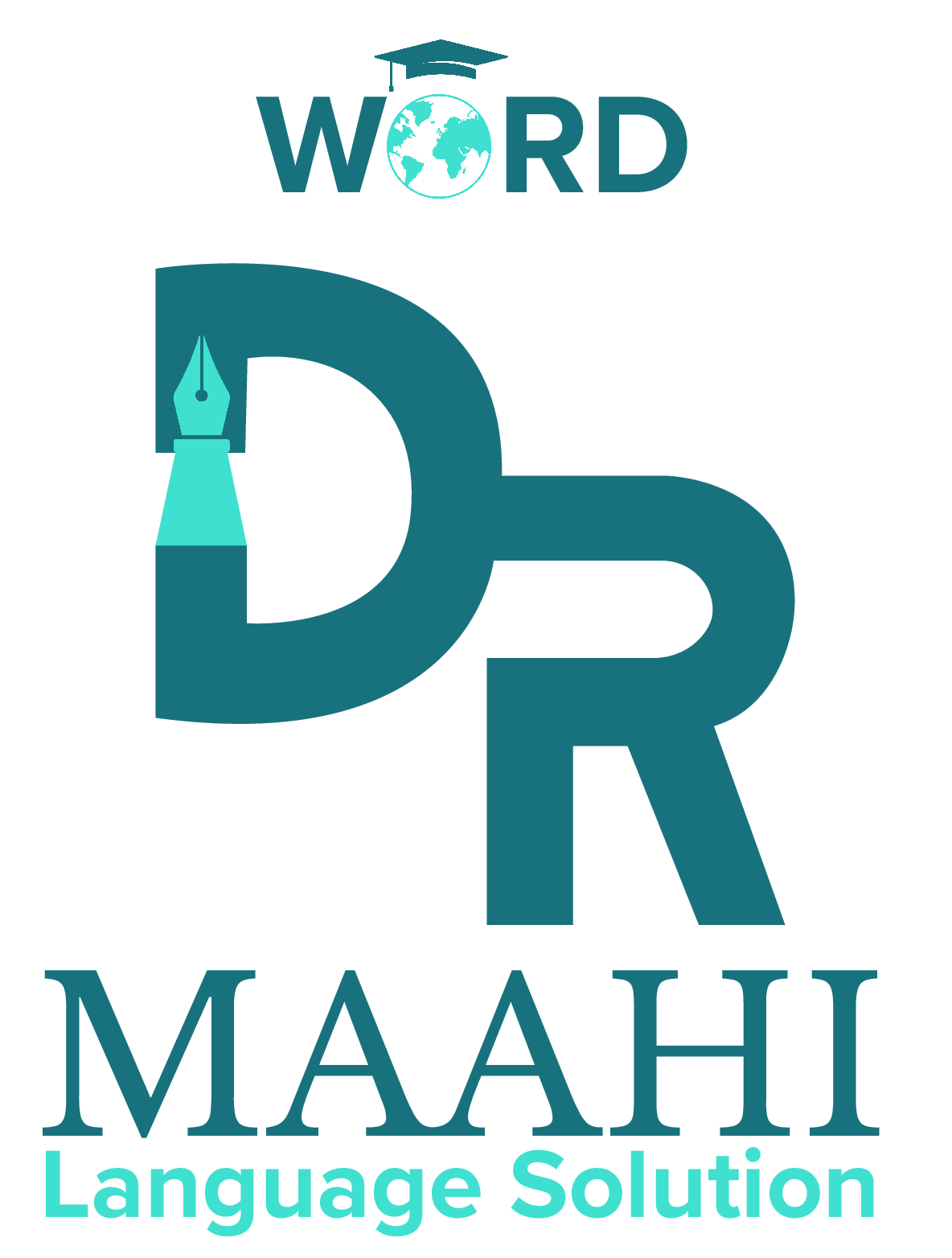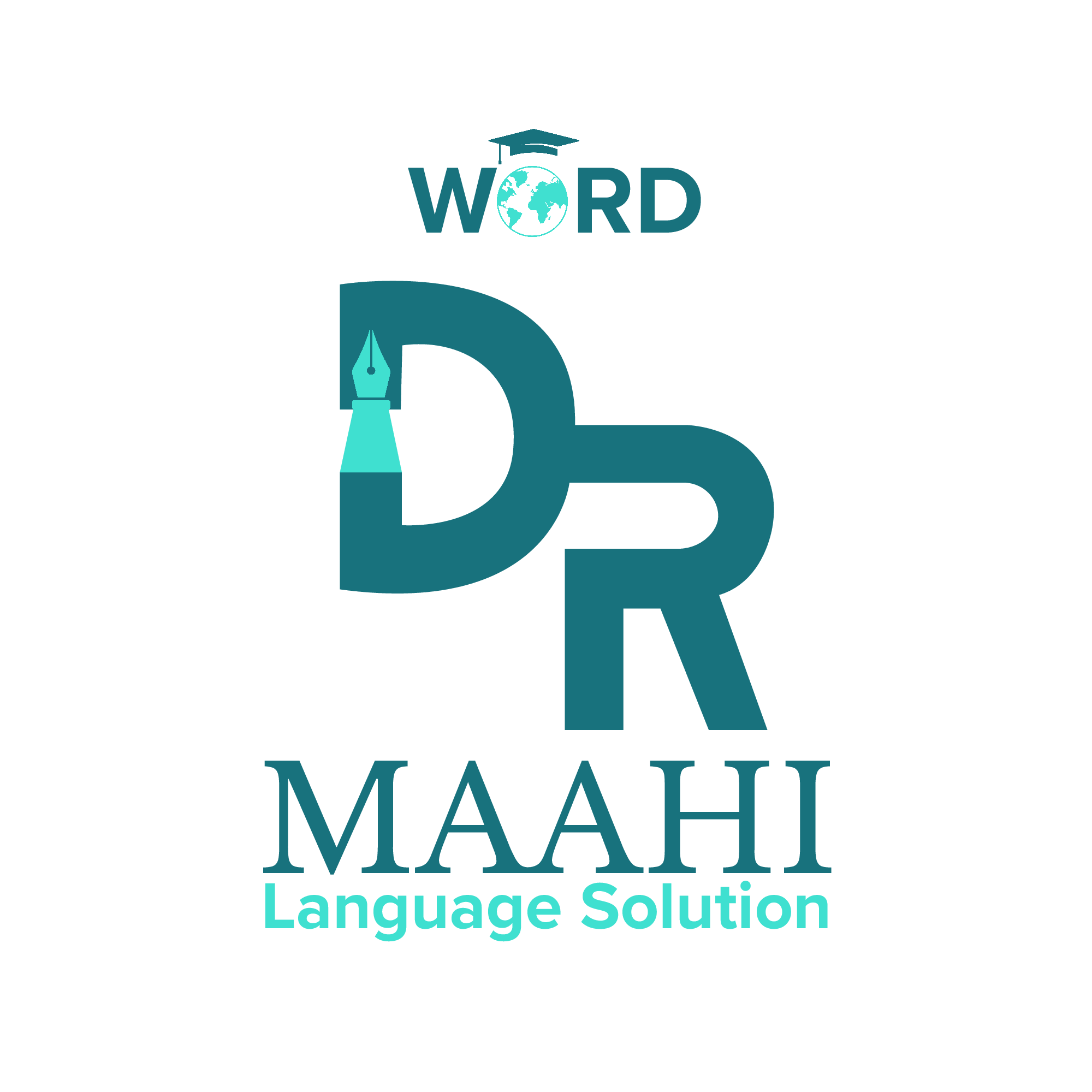
Crafting effective webpage content is crucial for engaging visitors, conveying your message, and achieving your website’s goals. Here’s a structured approach to writing compelling webpage content:
Understand Your Audience: Start by understanding your target audience’s needs, preferences, interests, and pain points. Tailor your content to resonate with them and address their specific challenges or desires.
Define Your Goals: Clarify the purpose of each webpage and what action you want visitors to take. Whether it’s making a purchase, signing up for a newsletter, contacting you for more information, or simply learning about your products or services, ensure that your content supports your objectives.
Craft an Engaging Headline: Grab visitors’ attention with a clear, compelling headline that communicates the main benefit or value proposition of the webpage. Use power words, numbers, questions, or intriguing statements to pique curiosity and encourage further reading.
Introduction: Provide a brief overview of what visitors can expect to find on the webpage. Hook them in with an interesting anecdote, statistic, or problem statement that highlights the relevance of the content to their needs.
Body Content: Present the main content of the webpage in a clear, organized manner. Break up the text into short paragraphs and use subheadings, bullet points, and numbered lists to improve readability and scanability. Focus on the following elements:
- Features and Benefits: Highlight the key features and benefits of your products, services, or offerings. Explain how they solve a problem, address a need, or improve the customer’s life.
- Unique Selling Proposition (USP): Clearly articulate what sets your business apart from competitors and why visitors should choose you over alternatives.
- Visuals: Incorporate relevant images, videos, infographics, or other visual elements to enhance the appeal and effectiveness of your content. Ensure that visuals align with your brand identity and complement the written content.
- Call to Action (CTA): Encourage visitors to take the desired action by including a clear and persuasive call to action. Use action-oriented language and make it easy for visitors to complete the desired action, whether it’s making a purchase, filling out a form, or contacting you.
Build Trust and Credibility: Establish trust and credibility by showcasing customer testimonials, reviews, ratings, awards, certifications, or industry affiliations. Provide evidence of your expertise, reliability, and commitment to customer satisfaction.
Optimize for SEO: Incorporate relevant keywords and phrases into your webpage content to improve search engine visibility and attract organic traffic. Use natural language and avoid keyword stuffing to maintain readability and user experience.
Mobile Optimization: Ensure that your webpage content is optimized for mobile devices, with responsive design, fast loading times, and easy navigation. Mobile-friendly content is essential for providing a seamless user experience across all devices.
Social Sharing: Encourage visitors to share your content by including social sharing buttons or prompts. Make it easy for them to spread the word about your business or offerings to their social networks.
Test and Iterate: Monitor the performance of your webpage content using analytics tools and gather feedback from visitors. Experiment with different approaches, layouts, and messaging to optimize engagement, conversions, and overall effectiveness.






